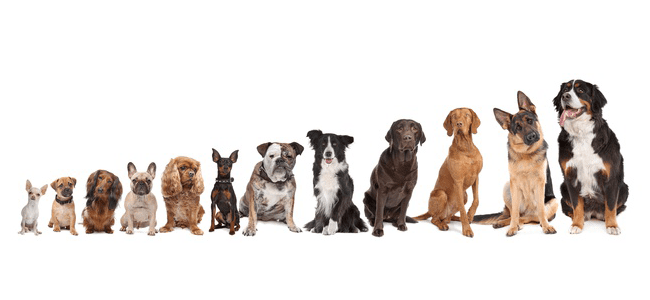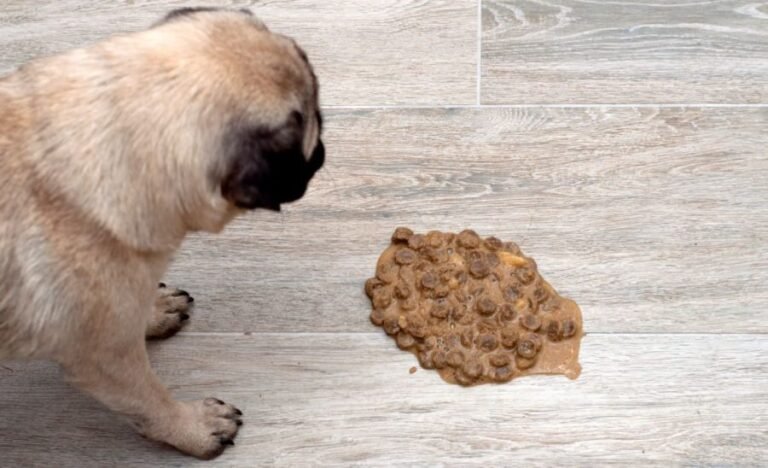
Dogs lead active outdoor lives and may sustain wounds from various sources – playing with other dogs or running through the yard to being caught by shrubs and bushes – but when an injury does occur it’s essential that you know how to clean a cut or scrape properly in order to avoid infection and speed healing time.
There are various dog wound care products that can help clean, treat and protect a wounded pet’s skin, such as antiseptic sprays, ointments and cleaners. Antiseptic sprays kill harmful protozoa, bacteria, fungus and pathogens in or around a wound and also help reduce swelling by providing a protective barrier against infections. Ointments provide moisture while cleaning wounds; their moisturizing emollients help them slip over skin easily without sticking or pulling at wound edges; soothing properties help alleviate pain while relieving inflammation as well as helping heal pain caused by infections.
To keep your pet healthy and content, it’s essential that you stock up on dog wound care products at home. These will allow you to quickly treat any injuries they might experience in the future – these items can be found at both vet offices and pet stores.
Start by placing your dog on a table or counter, restraining them if necessary with a muzzle to prevent biting. Anxious or distressed dogs are at greater risk for further injury; therefore it’s always wise to err on the side of caution by consulting with either their regular veterinarian or emergency vet clinic first.
If the wound is bleeding, apply pressure to stop it and gently massage the site to open up blood vessels and promote drainage. Discharge may consist of clear or thin liquid, bloody discharge or thick material. For any bleeding wounds contact your veterinarian as soon as possible for instructions.
Once your wound is clean, use a non-stinging antiseptic solution such as chlorhexidine 2% or povidone-iodine solution as an antiseptic to disinfect it further. Apply a triple antibiotic ointment containing bacitracin, neomycin and polymyxin B ointments from either your veterinarian or most drugstores for added protection.
Hold off on calling your veterinarian until you can cover the wound with a loose bandage or Coban, watching for signs of infection such as warm spots above or below the bandage, pain, redness or increased oozing. If the bandage irritates your dog or feels too tight and causes friction then contact him/her immediately for advice.
Maintenance wound care requires replacing the outer bandage as soon as it becomes dirty, wiping down the area with non-stinging antiseptic solution or triple antibiotic ointment twice daily and consulting a veterinarian in cases of more serious or persistent wounds or those that do not heal quickly enough. For any more urgent cases or wounds that don’t improve quickly enough.




